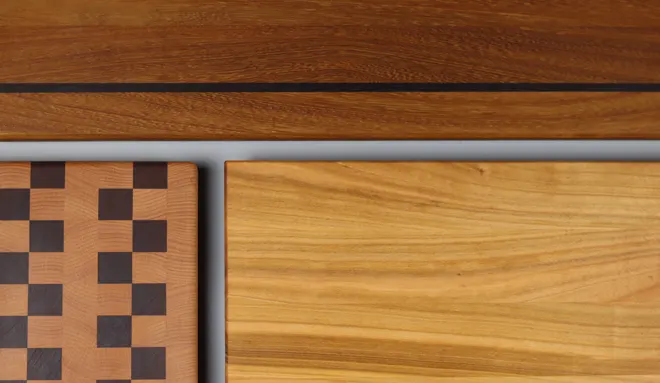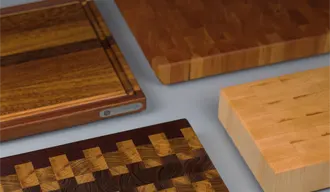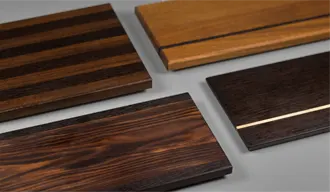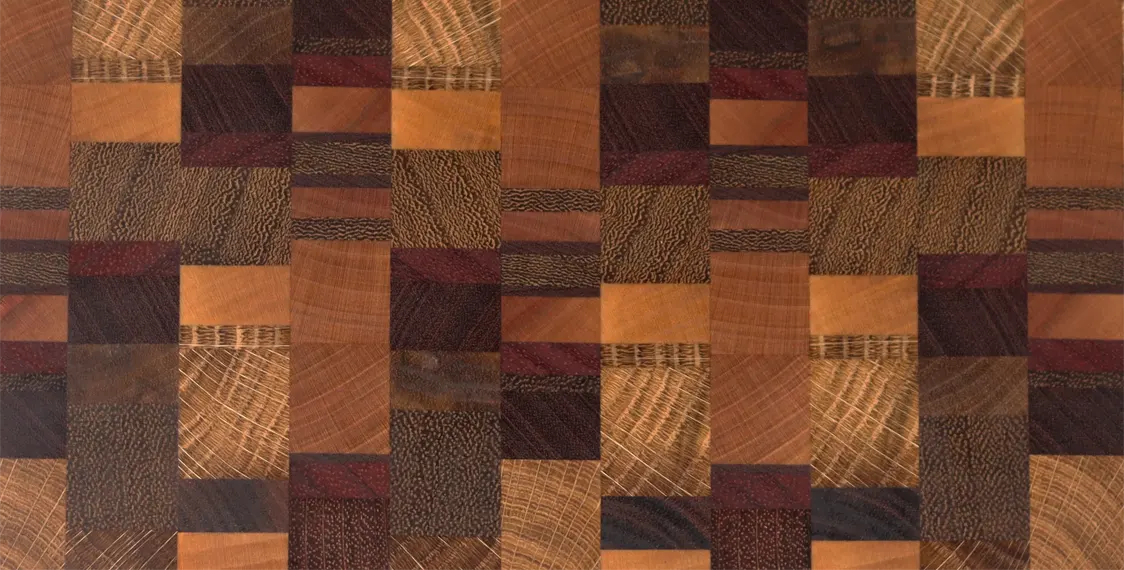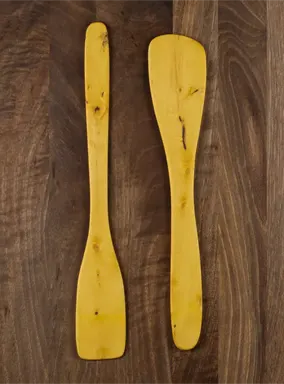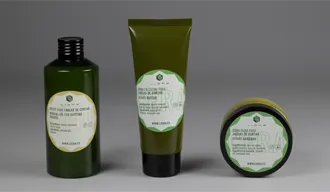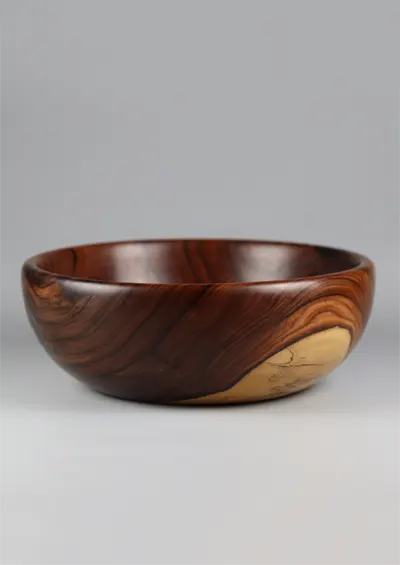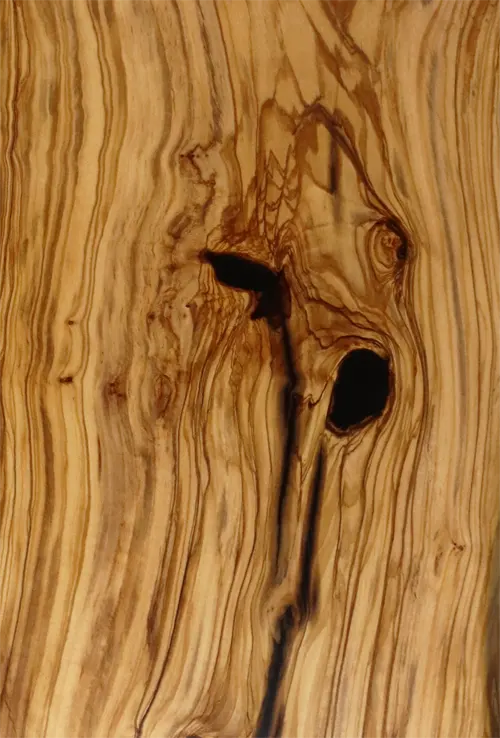Outdoor wood: a complete guide
Introduction
Choosing the right outdoor wood is key to ensuring durability, beauty and low maintenance. In this extensive guide you will discover:
- Essential features.
- Precautions and treatments.
- 13 species compared.
- Frequently asked questions for search engine optimization.
1. Essential characteristics of an outdoor wood
a) Natural durability
Outdoor wood is classified according to its resistance to rot and insect attacks. The most recommended for soil or ground contact are:
- Class 1 (very durable): Teak, Ipe, Cumaru — durability ≥25 years.
- Class 2 (durable): Western Red Cedar, Oak, Iroko — durability between 15-25 years.
b) Dimensional stability
Exposure to weather can cause swelling or contraction. Woods such as ipé, teak and iroko have low variation with humidity.
c) Natural oils and resins of outdoor wood
Teak, cedar and redwood contain substances that repel insects and resist rot without the need for chemical treatments.
d) Density and hardness
Denser woods tend to withstand wear and tear better. For example, the ipe reaches ~1,000 kg/m³, ideal for high-traffic areas: parquet floors, pool areas, stairs, etc.
e) Sustainability of outdoor wood
Choose wood that is FSC certified or comes from managed plantations. Example: Plantation teak has similar yield to natural growth in these applications.
2. Treatments and precautions
| Treatment | Purpose | Typical Frequency |
|---|---|---|
| Natural oils (teak, linen, tung) | Nourish, retain moisture, protect without sealing. | 1-2 times/year |
| UV Sealants / Varnishes | Preserve the original tone, block UV rays. | Annual or according to wear |
| Autoclave (pine, eucalyptus) | Inject preservatives to prevent fungus. | Initial + annual maintenance |
| Heat-treated/furfurylated | Stabilize wood without chemicals. | No special maintenance |
| Hardware maintenance | Avoid corrosion by tannins. | Inspection together with wood maintenance |
3. Comparison of 15 outdoor woods
| Species | Durability | Stability | Maintenance | Typical use | Remarks |
|---|---|---|---|---|---|
| Teak | Class 1 | ★★★★★ | Low | Furniture, decks, nautical | Naturally oiled; Gray patina socket |
| Ipe | Class 1 | ★★★★★ | Low-Medium | Floors, flooring | Very hard, high wear tools. |
| Cumaru (jatoba) | Class 1 | ★★★★★ | Half | Decks, Outdoor | Similar to ipe, deep red color |
| Merbau | Class 1-2 | ★★★★1/2 | Half | Decks, furniture | High strength, good aesthetics. |
| Western Red Cedar | Class 2 | ★★★★1/2 | Low-medium | Furniture, Coatings | Insect repellent resin. |
| Iroko | Class 2 | ★★★★1/2 | Half | Decks, structures | Good as an alternative to teak |
| Oak | Class 2 | ★★★★1/2 | Half | Terraces, doors | Effective water resistance. Requires maintenance. |
| Sequoia | Class 2 | ★★★★ | Half | Coatings, furniture | Rot resistant. Rare. |
| Acacia | Class 2 | ★★★★1/2 | Half | Outdoor furniture | Good economic alternative. Hard to find for the individual. |
| Heat-treated alder | Class 2 | ★★★★ | Low-medium | Cladding, furniture | Chemical-free stability. |
| Treated eucalyptus | Class 2-3 | ★★★★ | Half | Decks, structures | Economical and sustainable. |
| Treated pine | Class 2-3 | ★★★★ | Depends on use | Structures, pergolas | Requires preservative maintenance. |
| Walnut | Class 3 | ★★★★ | Half | Furniture, exterior finishes | Beautiful, requires stain protection and frequent maintenance. |
| Cherry | Class 3 | ★★★★ | High | Exposed furniture, protected areas | Not recommended for outdoor use |
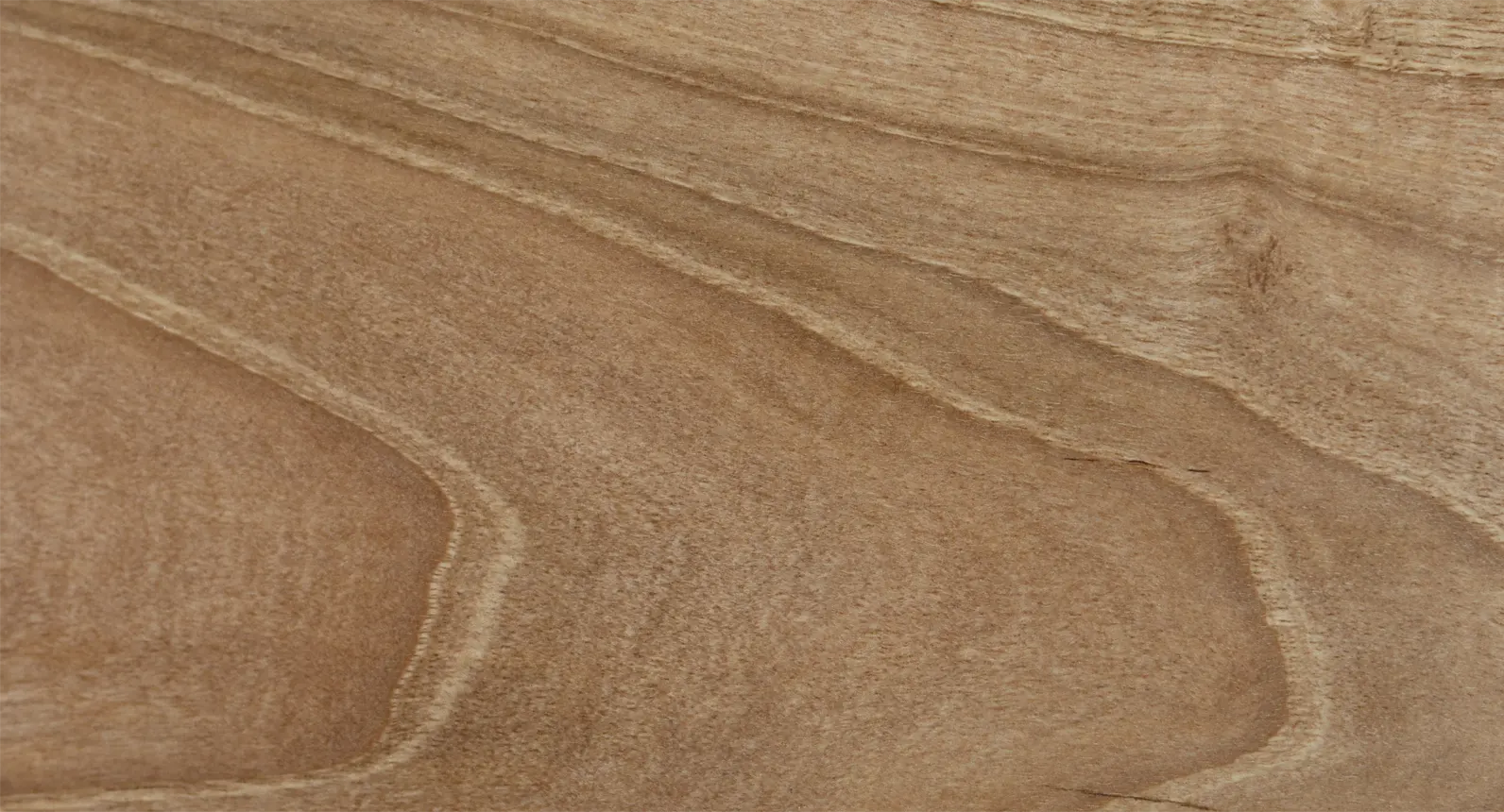
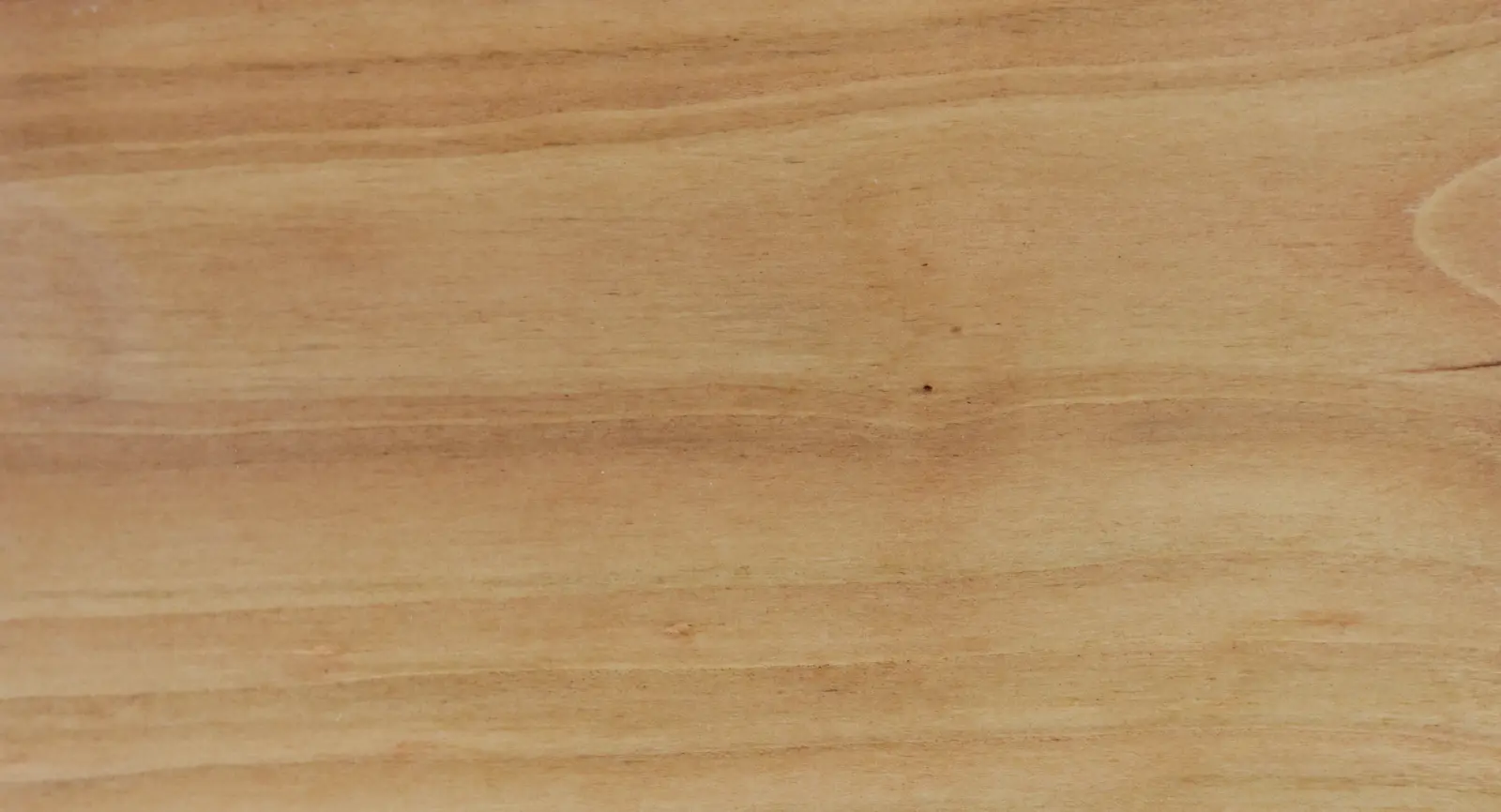
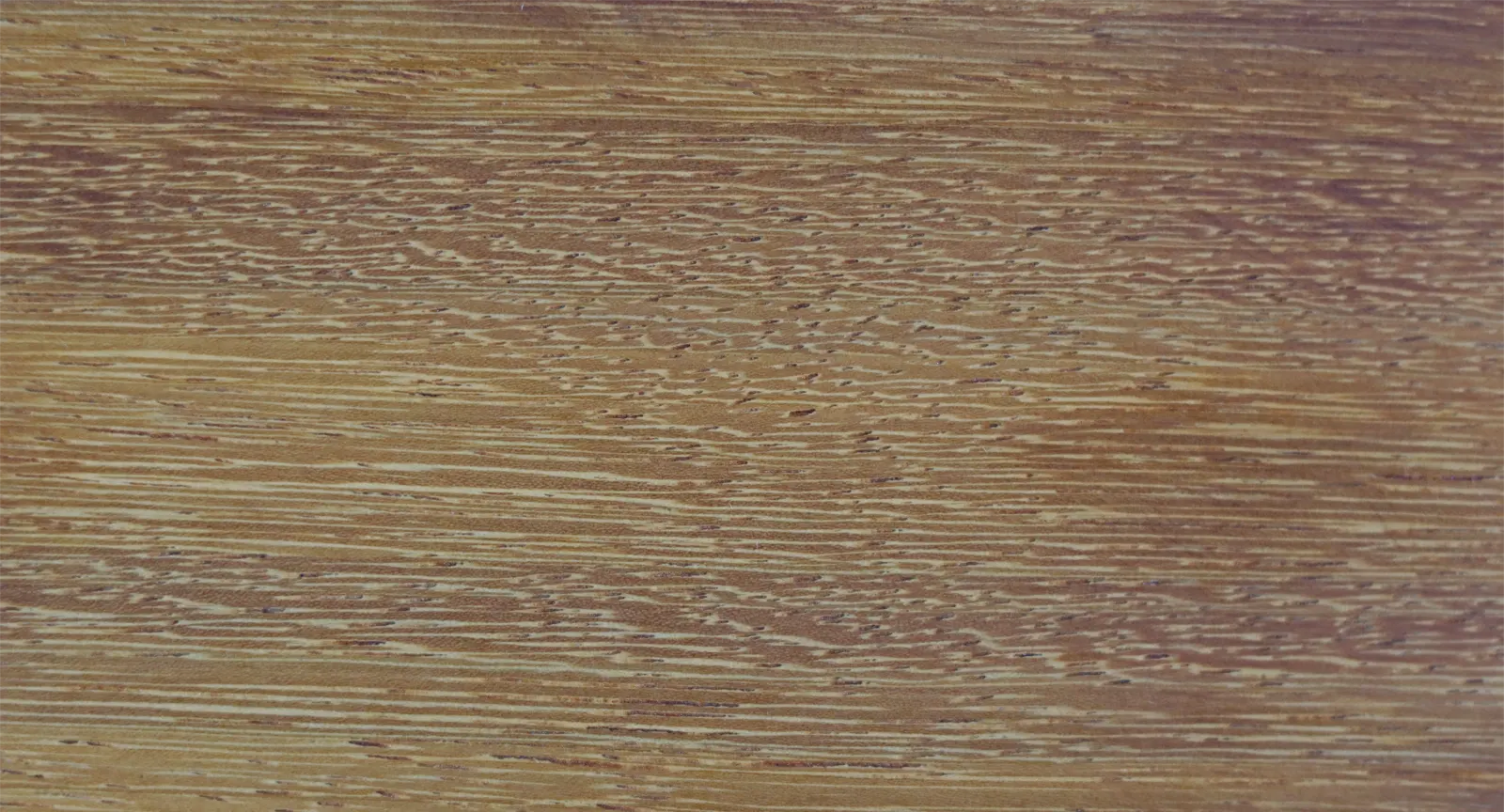

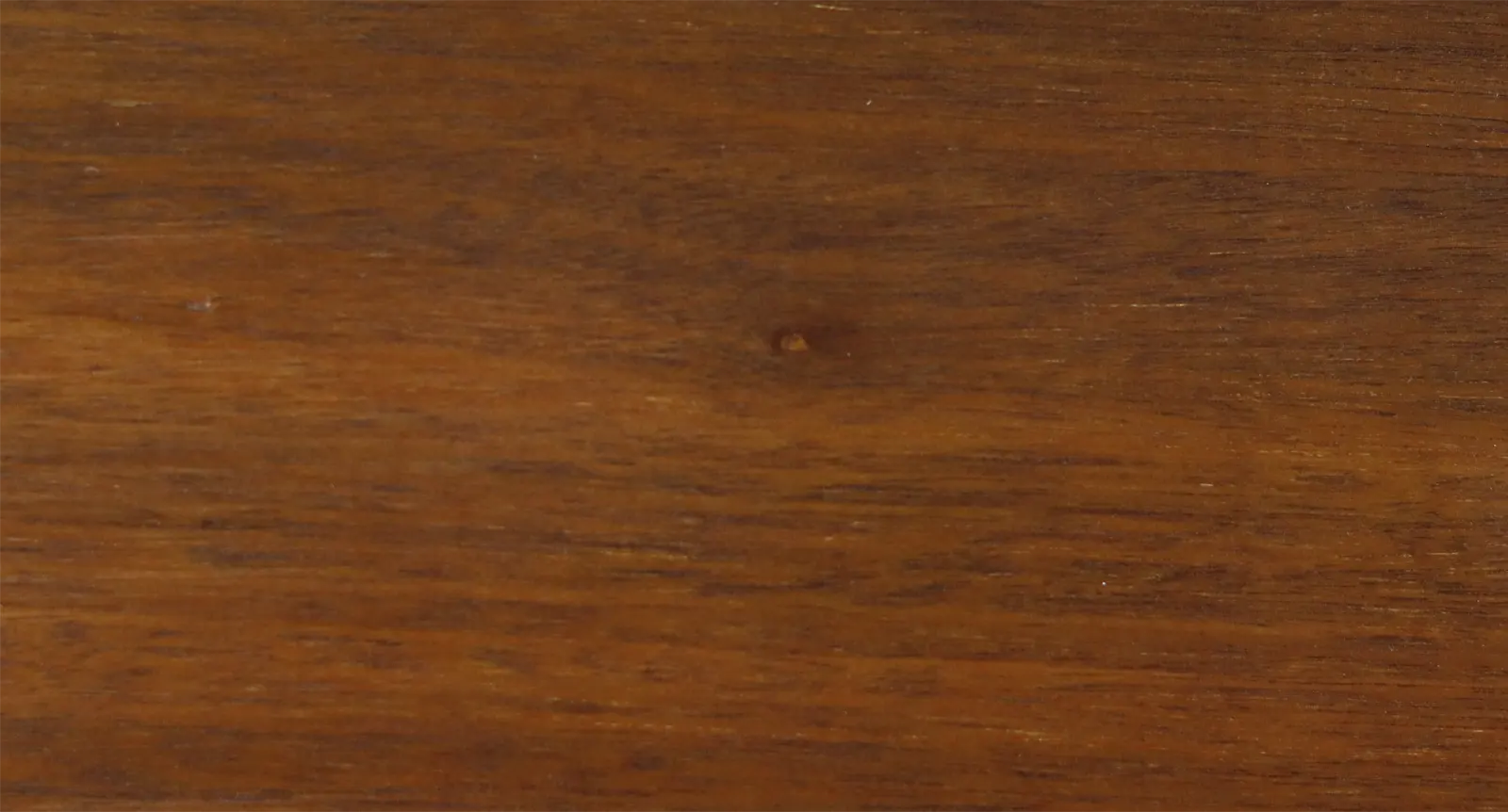
4. Outdoor wood with less maintenance
- Very low need (natural oils, without frequent sealing): teak, ipe, cumaru, merbau, cedar and redwood.
- Moderate maintenance (annual sealing): iroko, oak, heat-treated alder, acacia, treated eucalyptus.
- Frequent (annual) treatment is required for treated pine, eucalyptus, cherry and walnut.
5. General precautions for outdoor wood
- Confirm sustainable certification (FSC, plantations).
- Use AISI 316 stainless steel hardware to prevent corrosion by tannins.
- Install with slope and ventilation, preventing the wood from touching the floor permanently.
6. FAQs – Frequently Asked Questions
What is the best wood for exteriors?
Teak, ipe and cumaru (Class 1) offer exceptional natural durability for flooring or direct contact with the outdoors, resisting weather and wear well.
Does teak need outdoor oil?
It’s not strictly necessary, as teak holds up well on its own, but applying oil helps retain its golden hue and reduce the appearance of the inevitable gray patina over time.
What is the difference between ipe and iroko?
IPE is denser (1 000–1 050 kg/m³) and extremely resistant (Class 1), while iroko is semi-heavy (640–660 kg/m³), less hard (Class 2) but more economical and easier to work with.
Can teak be left untreated?
Yes, it can be left untreated, and it will develop a silvery-gray patina with outdoor exposure, just like IPE.
Does cedar withstand rain without varnish?
Yes, cedar is naturally resilient thanks to its resin, but applying a regular sealant helps maintain its original color and appearance.
What maintenance does the IPE require?
IPE requires very little functional maintenance, although annual sealing is recommended if you want to retain its original color and prevent natural grayish aging.
Is autoclaved pine safe?
Yes, autoclaved pine is safe, especially for exterior structures, as long as the treatment (preservatives) is renewed every year to maintain its protection.
Is tropical wood sustainable?
Yes, as long as it is FSC certified or comes from managed plantations, ensuring responsible exploitation.
How often should a teak deck be sanded and oiled?
It is recommended to sand and oil every 1–2 years, depending on weather exposure and wear and tear.
Which outdoor wood prevents fungi and termites?
Ipe, teak, cumaru and cedar stand out for their natural resistance to fungi and termites.
How to prevent wood from fading to the outside?
Applying varnishes or oils with UV protection and performing regular washes to remove residues and maintain protection.
Is oak wood sun-resistant?
Yes, oak has good UV resistance, although it is improved with a sealant to prevent cracks and maintain its integrity.
What chemical-free treatment is available for outdoor wood?
Heat treating and furfurylating stabilize the wood without adding harmful chemical additives.
What type of screws to use on outdoor wood?
It is recommended to use AISI 316 stainless screws, which prevent corrosion and rust marks on the wood.
7. Conclusion
To build terraces, decks or garden furniture, the best outdoor wood options are class 1 (teak, ipe, cumaru) due to their high durability.
If you are looking for a balance between beauty, price and maintenance, opt for class 2 woods such as iroko, cedar or oak. Economical or domestic woods (treated pine, cherry, walnut) require frequent treatment and specific care.
Otras entradas del blog
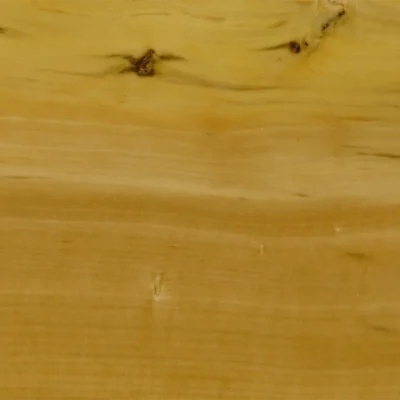
Boxwood: Uses and Characteristics
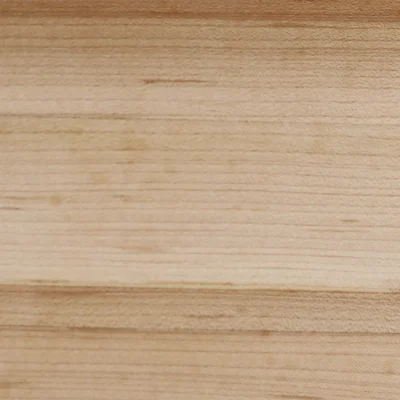
Hard Maple Wood: Uses and Characteristics
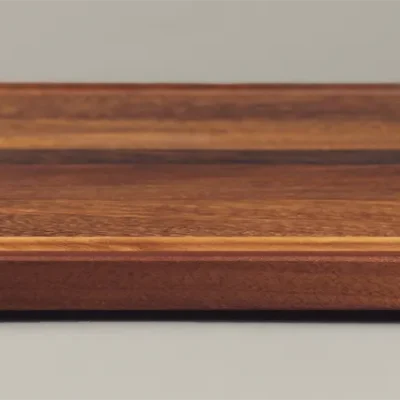
Barbecue boards, what to take into account
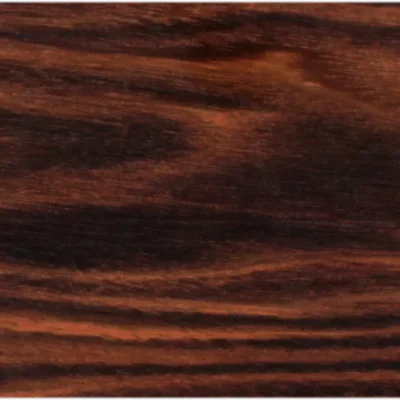
Curupay Wood: Uses and Characteristics
Nuestras tablas de cortar:
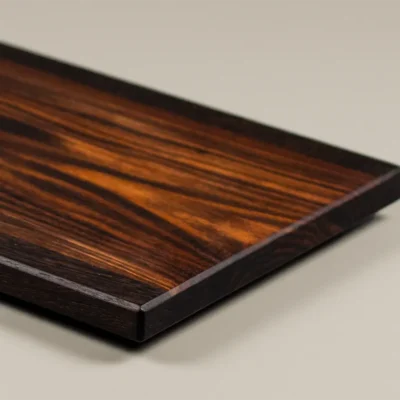
NUBILA
wooden cheese board
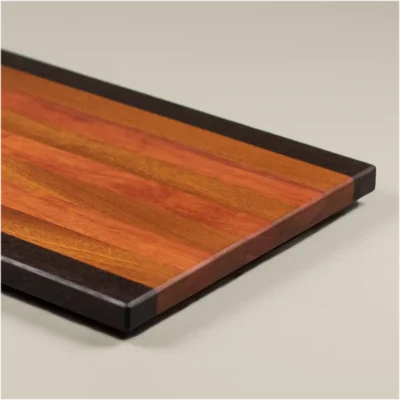
Splendida
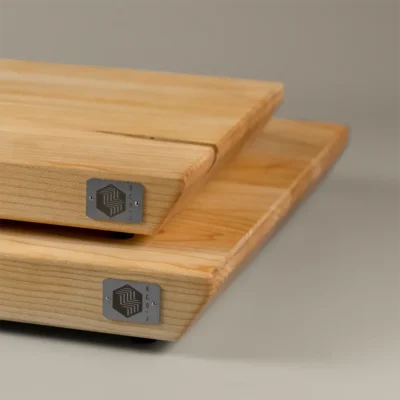
Linea
Maple grain maple board
Linea
Maplegrain maple board
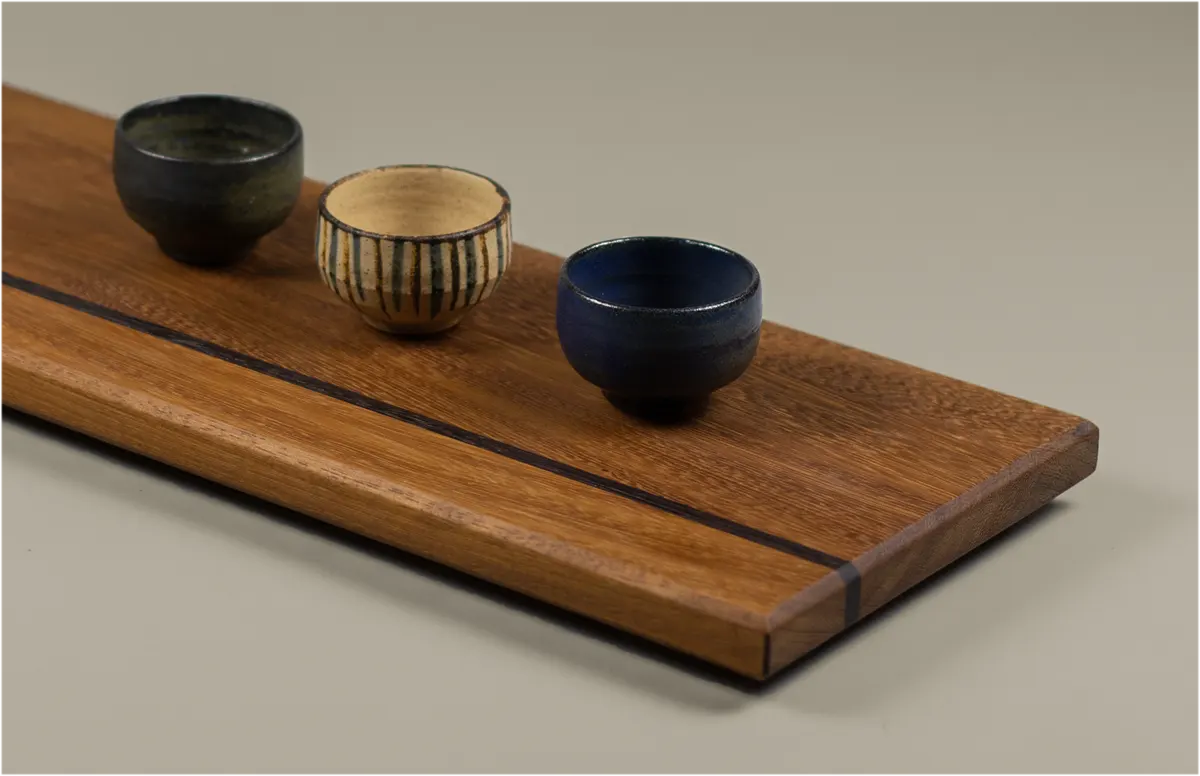
ARGILLA
long charcuterie board
